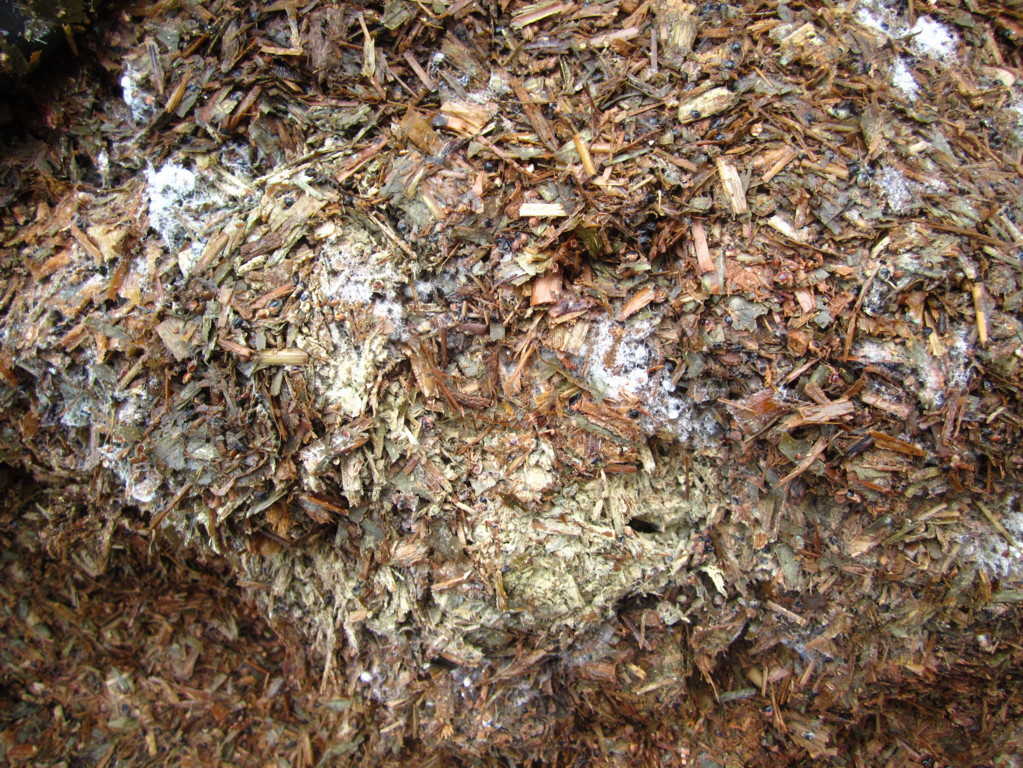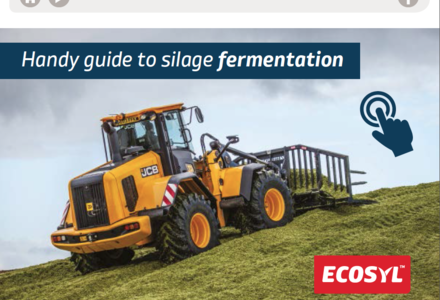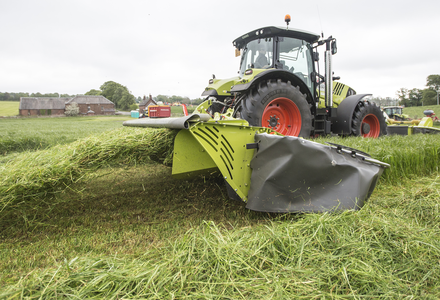What happens when silage ferments poorly?
If the initial fermentation is dominated by heterofermentative lactic acid bacteria, fermentation acidification is slower and less efficient fermentation due to the production of weaker acids (eg acetic acid), non-acids (eg ethanol) and carbon dioxide. This means that more sugar will be required to achieve the same final pH value and fermentation losses will be higher.

If sugar is limiting a stable pH value may never be reached. This can allow other very undesirably bacteria, eg clostridia, to take control, changing a poor fermentation into a very bad fermentation with a much reduced nutrient value and high losses.
The slower fall in pH value also means that there will be a greater breakdown of proteins, mainly due to continued plant enzyme activity.

